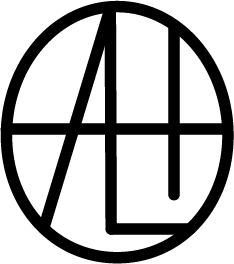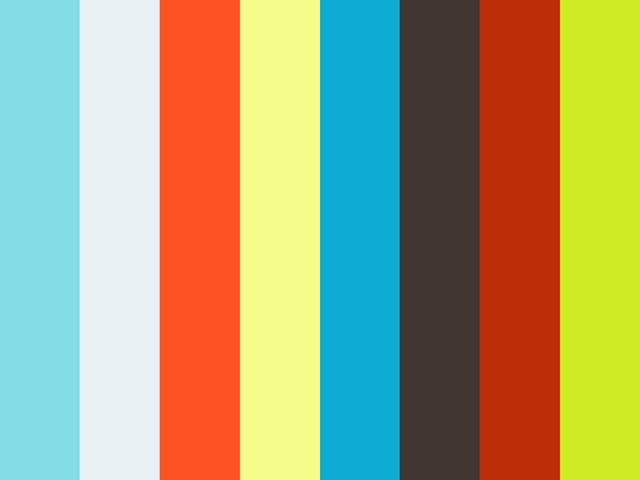Installations
& Interactions
The intention of this project is to empower citizens to be active co-creators of knowledge and meaning.
Museum of Me is a participatory performance and guided visualization that enhances awareness in museum visitors. A group of participants is invited to sit with me, the artist and guide, for 12 minutes of visualization followed by 10 minutes of structured reflection.
Museum of Me encourages visitors to envision their own bodies as sites for the production of cultural narratives and knowledge. This intentional use of imagination taps into their own sensations, emotions and perspectives so that they can be fully conscious and present with the art they will encounter in the museum galleries.
Museum of Me primes museum-goers for dialogue by first placing them in conscious dialogue with themselves and their own imaginations. The Museum of Me performance draws on techniques of mindfulness that enhance awareness, consciousness and attention, building on the theory that enhanced awareness of one’s own sensations and emotions will result in a more meaningful and active encounter with the museum experience.
Museums have potential to become places to experience connection and practice empathy as well as to observe and analyze. In fact, observation and analysis are most available when people are also aware of their embodied and emotional presence. In order for museums to remain relevant, they must deepen their relationships with visitors and open new possibilities for what can be experienced at a museum.
StoryHut
StoryHut is an architectonic work that combines painting, sound, lighting and snacks. Participants enter the StoryHut and listen to the story of how Coyote convinced Rattlesnake to go in the house.
StoryHut. 2014. Acrylic on modified camping tent, sound and mixed media. 4.5' x 6' x 4'
Leaving is the Best Point of View
In an experiment aimed at disrupting this retail flow, Leaving consists of the design and fabrication of garments (in this case dresses) that are then left in retail outlets among the other items for sale. In place of price and sizing tags, these garments carry small drawings in graphite on paper.
Leaving. 2015. Dresses and mixed media. Edition of 25.
Leaving draws inspiration from Marc Augé’s study of “non-places”, in particular his discussion of tourism and the Romantic era travel accounts of Francois-Rene de Chateaubriand. Augé identifies Chateaubriand’s sublimation of place into image as a hallmark of Modern subjectivity. He writes, “The ideal vantage point –because it combines the effect of movement with distance – is the deck of a ship putting out to sea.”1
The activity of leaving or passing by affords us the image of a place in its entirety. When we occupy a space (whether a landscape or building) we can only see to the edge of its particular horizon: the top of the buildings; the walls and ceiling of the room we are in. The birds-eye view can be recalled or constructed in the minds-eye, but is never visible from the location we inhabit.
The goal of the branded retail space is to detach the shopper from her particular experience of this space (from sorting, calculating, weighing use value with touch, fit, desire) and to connect her with an image of coherent style and ultimate happiness promised by the commodities displayed. Necessarily, this image is inscribed with class, race, age and gender norms, but its goal is erasure of the realities of how, why, where and by whom goods were made. Histories of materials and labor are denied so that the smooth “nowness” of the sale can be preserved and repeated.
Leaving asks: what is the status of an object that is left behind and has no price tag to quantify its value, no bar code to give it a place in the inventory? If the thief is a criminal in the Capitalist system, what is the role of a person who gives what has not been requested? In a sense, she is a polluter of images, a blasphemer of the brand.
Walliecamp
Goldlugger totes. Edition of 8. Acrylic on canvas. 14” x 21” x 5”
Goldlugger™ tote bags are “cut from the very cloth of Walliecamp”, a primed cotton canvas that references the trousers common to miners of the California Gold Rush (Levi Strauss’s original riveted trousers were made from white tent canvas.) Each Goldlugger is stenciled with the Goldlugger brand and inscribed with an original phrase that refers to the conflation of happiness, spiritual wellbeing and moneymaking in late capitalist America. Sample phrases include: “Carry the change you want to spend in the world”, “Never be a beast of burden”, “Manifest your destiny”, “Speculation rewarded."
The Goldlugger Factory Freelance Work Party was an in-home factory employing 4 freelance workers at a time in the cutting, sewing and stenciling of Goldluggers. Workers were paid $1/hour (well above the global average wage for garment and accessory workers.) Payment was issued in the form of Sacajawea US Dollar coins.












